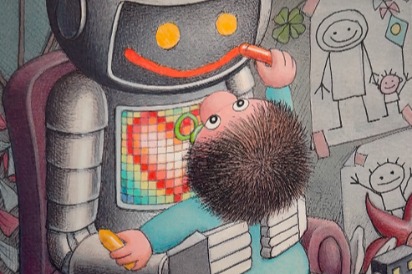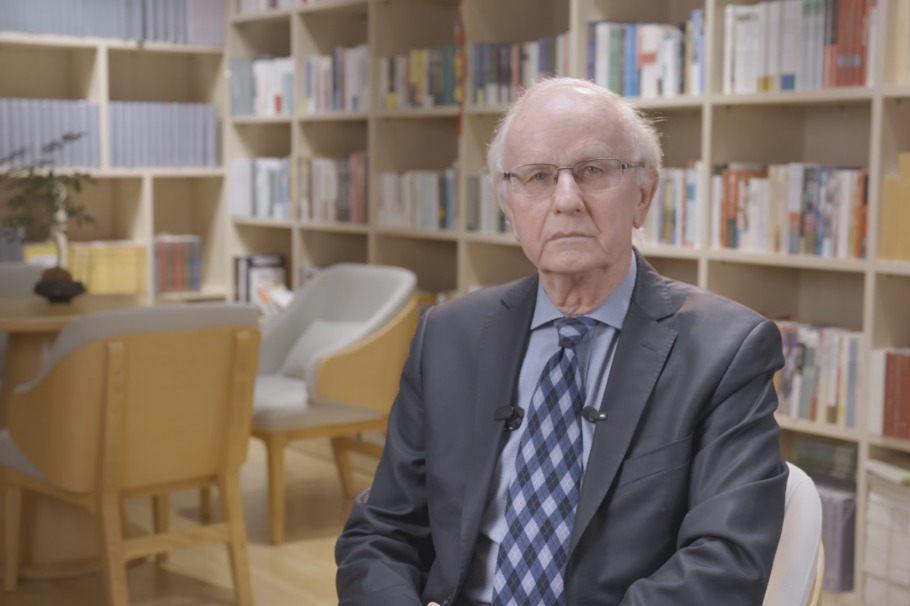COVID patient shares life in Shanghai makeshift hospital


Wu Bangshun, a retired serviceman, was one of the more than 6,000 patients who were discharged from a makeshift hospital treating COVID-19 patients in Shanghai on Wednesday.
The following is the personal account of Wu about his life in the makeshift hospital, which can accommodate 15,000 COVID-19 patients.
The story was published by news outlet ThePaper and was translated by China Daily. The story was edited for brevity and clarity.
Wu Bangshun:
I tested positive on March 31. I was having a meal when I learned the news. I felt so upset that I lost my appetite immediately.
I was transferred to the Shanghai New International Expo Center on April 1 after being quarantined at a hotel the night before.
When I arrived at the makeshift hospital, there were still many vacant beds. By the night, it was already full of patients.
I did not experience any symptoms, except for some muscle pains, and I did not take any medicine. But many other people in the makeshift hospital showed symptoms such as cough, fever and sore throat.
Seeing there was a shortage of staff workers in the hospital, I offered to become a volunteer.
I helped senior patients register information on their smart phones and kept order and ensured people maintained a safe distance during nucleic acid testing. I also helped distribute food to patients at meal times.
Sometimes I would sort out supplies in the storage area, where things like medicines, quilts, bottled water and food were stored.
It took me some time to adapt to life in the makeshift hospital. For me, the hardest part was to sleep with the lights on. One night, I stayed up late. It was about midnight, and I found medical workers were still disinfecting the place. It was then that I understood why the lights were not off at night.

Time passed slowly in the hospital with nothing much to do. People killed time talking with their families on phone, washing clothes or airing quilts, or doing exercises like jogging. There was an open space where I often went to jog or enjoy the sunshine.
In the makeshift hospital there were people as old as 80, and also children who were accompanied by their parents. Some children took online classes with iPads, using desks and lamps provided by medical workers.
As the days passed by, some people grew more and more anxious, especially when they saw fellow patients leave the hospital before them. At the initial stage, some patients did not receive their testing results timely, reportedly due to a shortage of testing staff, but things went back on track later.
The workload for medical workers was heavy. For one shift, there were some 20 of them, who needed to serve 1,500 patients at the same time. Therefore, it was impossible for them to address every problem of every one.
During my stay in the makeshift hospital, I underwent seven or eight nucleic acid tests, with the last five conducted once each day. The increased frequency was meant to allow patients to be discharged as soon as possible. According to the rule, a patient could be discharged from the makeshift hospital after having tested negative twice within 48 hours.
I was told to leave the hospital on the night of April 12, and now I'm back home under 7-day self-quarantine.
- Memorial service held for victims of Hong Kong's residential building fire
- Experts share ideas on advancing human rights
- Private firm enters missile production
- China-Europe freight trains accelerate trade
- Aviation reform seeks to ease travel for wheelchair users
- Natl capacity to recycle now exceeds supply




































